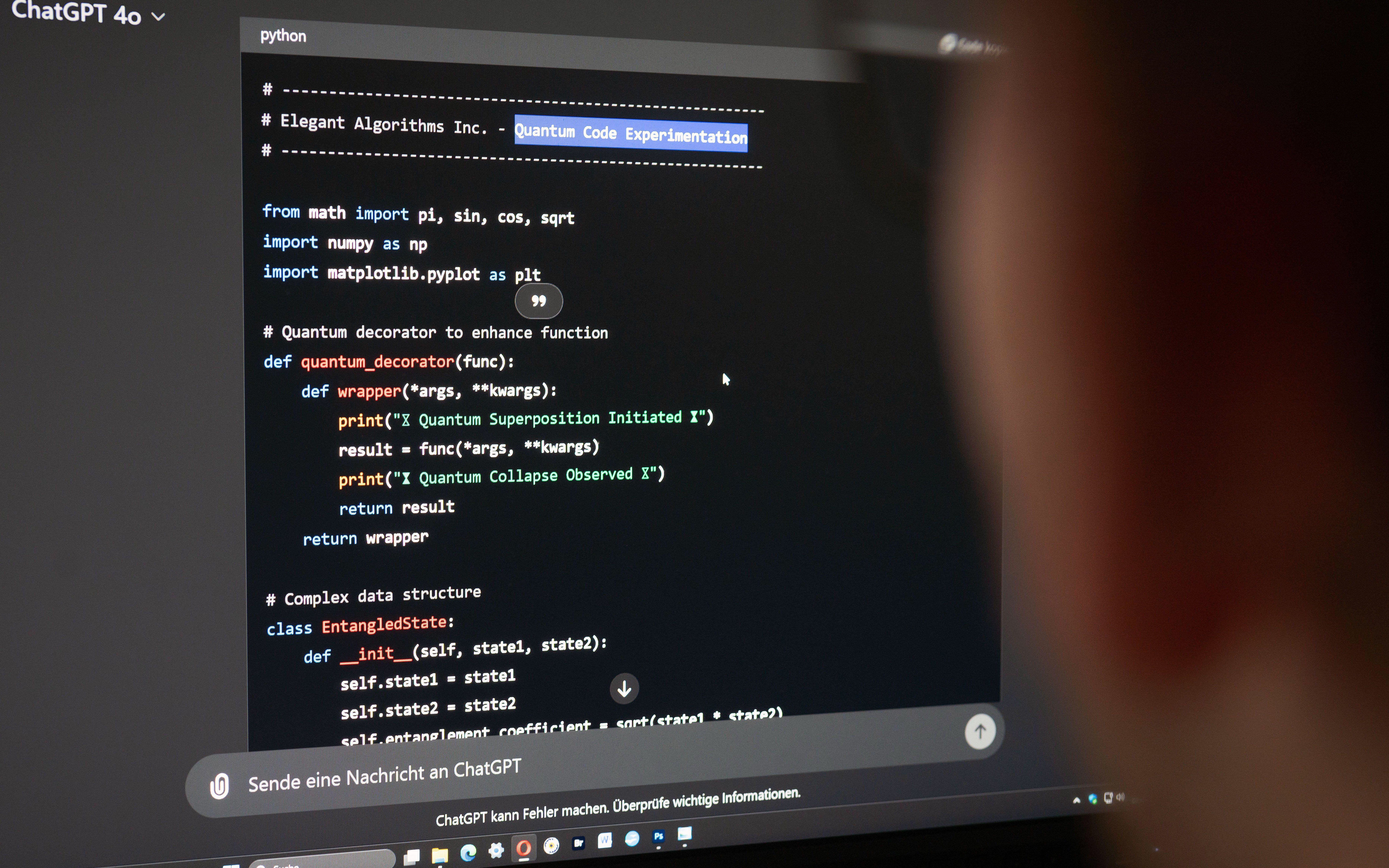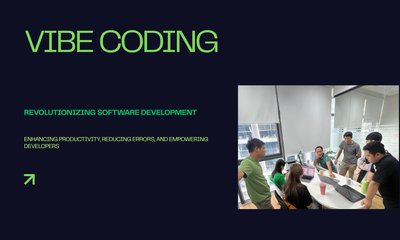The Vibe Coding Hangover: Why Speed Hacks Lead to Weeks of Debugging
By khoanc, at: July 21, 2025, 3:18 p.m.
Estimated Reading Time: __READING_TIME__ minutes


The Thrill of the Vibe
You know the feeling. It starts with a simple, almost intoxicating rush. You open your AI-powered editor, type a single sentence "Generate a fully responsive customer dashboard with dynamic charting and authenticated API routes" and BOOM. Within seconds, 300 lines of plausible, well-structured code appear, perfectly formatted, styled with Tailwind, and complete with function declarations.
This is Vibe Coding: conjuring complex features from pure intention, driven by conversational prompts, and achieving days of development in minutes.
The dopamine hit is real. For a short, blissful period, you feel like a coding god, finally free from the tyranny of boilerplate. You push it to staging, everything looks great, and you declare victory.
Then, the hangover hits.
The Morning After: When Intention Meets Reality
The term "technical debt" doesn't quite capture the acute pain of cleaning up poorly integrated AI code. It’s more like a Hallucination Cascade—a single misplaced assumption in the AI’s output that compounds into system-wide instability.
The core issue is a lack of Context and Constraint. The AI is an expert at syntax and convention, but it is fundamentally ignorant of your entire system's architectural logic, edge cases, and unspoken rules.
1. Context Collapse
The AI sees the file you are working on, but it rarely truly understands the three-year history of legacy decisions, security layers, or performance bottlenecks in your codebase.
-
The Scenario: You ask the AI to "add a cache layer to this user data endpoint"
-
The Hangover: The AI uses a simple in-memory cache, which is functionally correct but completely bypasses your company's mandatory, standardized Redis infrastructure and breaks all existing cache-invalidation logic. You just introduced a volatile, undocumented state machine that takes days to undo.
2. The Plausible Lie
Perhaps the most frustrating aspect of the Vibe Coding Hangover is the AI’s ability to generate plausible-sounding but non-existent code.
We’ve all seen it: the AI confidently references an internal utility function that was deleted six months ago, or an NPM package that has been deprecated for years. It looks perfect, but it fails silently at runtime, forcing a developer to spend hours trying to locate the function's definition before realizing they are debugging a ghost.

Real-World Pain: Dispatches from the Debugging Trenches
It’s easy to talk about technical debt in the abstract, but the real cost of Vibe Coding is measured in developer tears and emergency sprints. Online communities are now littered with confessions from engineers caught in the wake of the AI rush.
"I saw a thread on Reddit where a junior developer let their AI agent rewrite an entire database migration script. It looked perfect, but because the agent assumed default integer limits, it silently corrupted a column during the production deployment. The 'two-hour hack' turned into a 48-hour data recovery incident."
This is the Performance Hangover. The AI generates the fastest path to a solution, not the most efficient or secure path. A database query that works for 10 users might choke a server at 10,000 users, a critical architectural failure that AI tools are blind to.
"I watched a quick feature implementation shared on LinkedIn where the developer used a high-level prompt to add third-party payment integration. The AI correctly wrote the handler, but the error-logging code it generated accidentally logged the un-redacted API key to the public application logs. This is the definition of a Security Hangover."
The speed-to-security trade-off is perhaps the most serious consequence. Agents tasked with multi-step workflows often fail to maintain consistent security boundaries across files, creating subtle, exploitable backdoors by mishandling tokens, forgetting to validate inputs, or, worst of all, hard-coding secrets.
The Path to Recovery: Structural Detox
The answer isn't to stop using AI, that would be like switching back to dial-up internet. The answer is to stop Vibe Coding and start Structured Coding.
We must treat AI code not as an oracle, but as a highly efficient intern whose output must be verified, tested, and integrated under strict human supervision.
-
Mandatory Human-in-the-Loop Validation: For any multi-file or architectural change generated by AI, a mandatory security and best-practices diff-check must be performed. If the AI changed a file outside the immediate scope, flag it for rigorous review.
-
Test First, Not Last: The greatest value an LLM can provide is often not the feature code, but the test suite for that feature. Always instruct the AI to generate a comprehensive suite of unit and integration tests before you allow it to commit the feature code. This ensures the output is, at minimum, verifiable.
-
Architectural Guardrails: Explicitly feed the AI your core architectural standards. Before prompting for a feature, include instructions like: "Use only our internal utility functions for authentication" or "All caching must use the
SystemCacheClientabstraction." This forces the AI's output to conform to your pre-existing rules, mitigating the risk of Context Collapse.
Vibe Coding provides velocity, but Structured Coding provides velocity that scales. Don't wake up next week with a debugging headache you could have avoided today.





